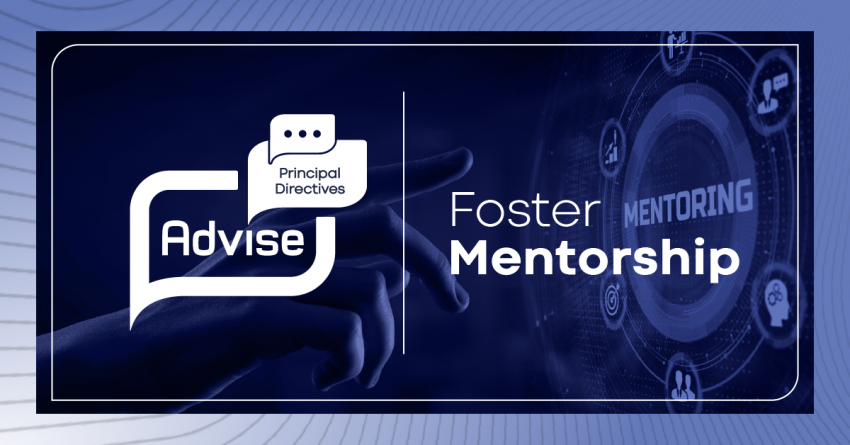The axiom “we are always learning” is the core of firm-wide improvement. It makes room for growth and for being able to say “I don’t know” while giving space to find an answer. Without that, old habits die hard and our field of vision starts to narrow.
As firm principals, it is in your best interest to anticipate the training needs of your employees and to provide them avenues, resources, and funding for pursuing improvement. You’ll also want to lead by example and engage in training yourself.
Anticipating Needs
No one knows your firm better than you. With every meeting and conversation you have with your managers, teams, technical staff, and others, your understanding of their strengths and weaknesses increases.
Embracing coaching and training as a resource for your firm is acknowledging a need for growth—either that there is a lack of skill that needs honing or there is potential for something greater or more well-rounded. A growth mentality necessitates humility, but a need for growth and the pursuit of making that growth obtainable for your firm should be a point of pride.
Some ways to learn your staff’s needs are through annual reviews, performance evaluations, debriefings, and even personalized emails to management. These opportunities for insight are invaluable in determining what kind of training and coaching will most benefit your firm.
What strengths do some of your employees have that they could teach others? What do other firms do well that you could learn from? What goals for the firm are you trying to actualize, and which skills are needed to succeed?
Providing the Pathways
Training comes in all shapes and sizes, from coaches and forums to panels and programs. Resources and experts are plentiful, it’s just a matter of budgeting to make them available for your firm.
Ensure you have a professional development budget that applies to everyone from administrative staff to principals. Have a professional development budget that is realistic and encourage everyone to plan to attend a conference or other training on topics that will help them the most in their jobs. These could include training in their technical area, in general business, marketing or sales, public speaking, or soft skills.
Be open to working with outside training consultants and other experts, especially those from different industries. There’s room to grow by engaging with any perspective and technique, even if they do different work than what we do.
Being an Example
ALL IN mentalities are obtained through commitment from the top to the bottom. If you are not committed to learning and growth, the entire culture of your firm changes. If you don’t also participate in training, you send the message that the higher you are in your role, the less improvement you need. That is never the case.
Leading a firm can be lonely. You can’t talk to just anyone about what you are going through—not everyone will understand unless they have walked in your shoes. Having a coach to help you both personally and professionally is a great way to alleviate pressure and help with decision-making. Principals Roundtables can be invaluable. If there is one in your area, attend it. If there isn’t, start one. These are great forums that can spur training and coaching ideas.
But principals can also learn with their employees, participating in the same training they’re going through. Provide training that is precise for those who need it as well as sessions that could benefit everyone. Make it clear that you are here to grow as well.
Growth mentalities that embrace training aren’t only about acknowledging weakness, they’re also commitment to improving, no matter what your job is within the firm. Humility and the pursuit of knowledge are immense virtues in a constantly improving AEC landscape, and that is worth your commitment.






